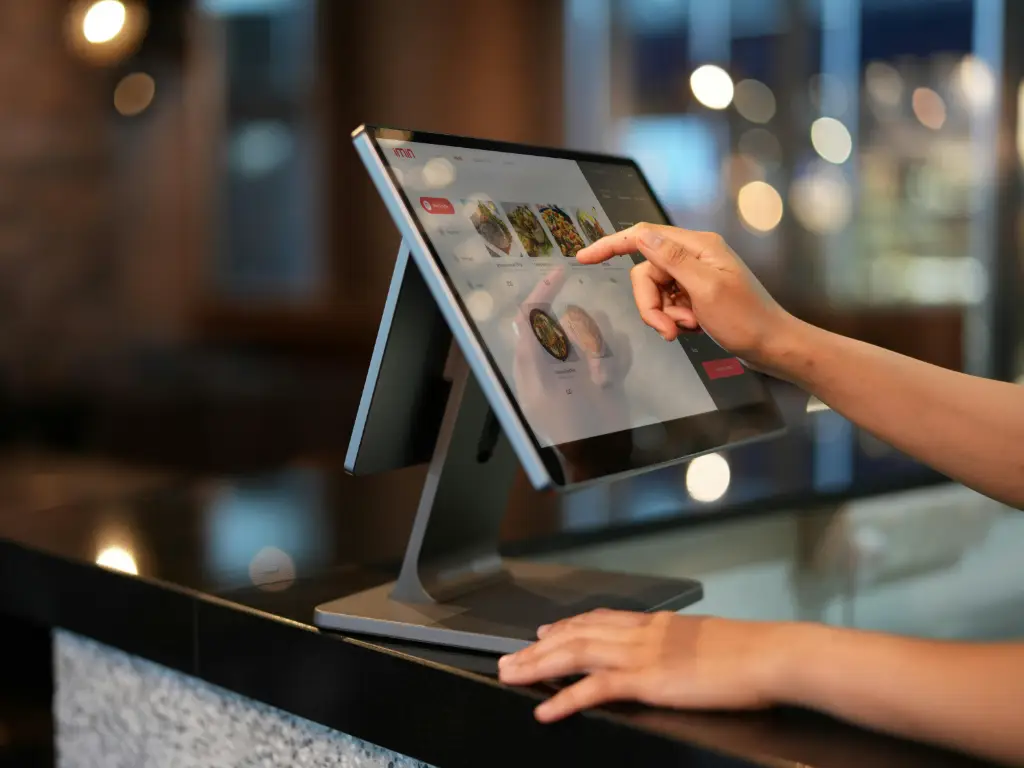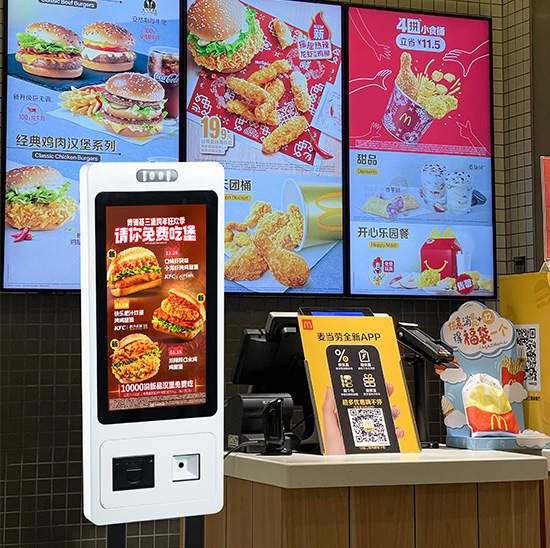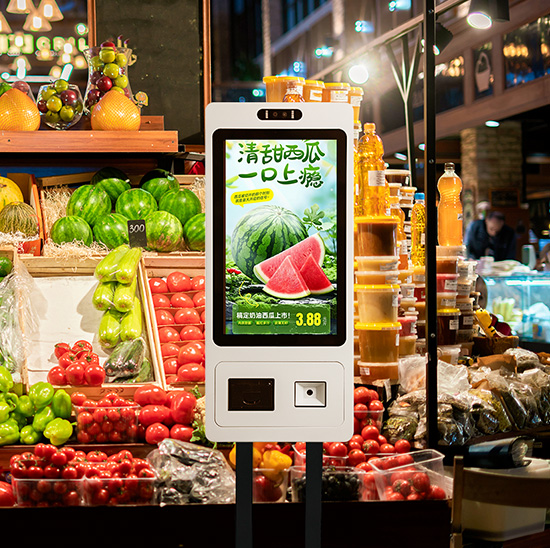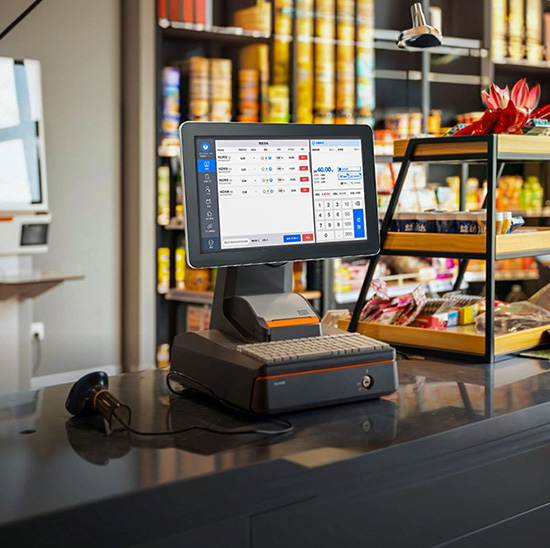Kapacitivni dodirni zasloni postali su temeljna tehnologija sučelja u potrošačkoj elektronici, industrijske kontrolne ploče, sustavi prodajnih mjesta, i medicinskih uređaja. Kako njihovo korištenje postaje sve intenzivnije, jedno od najčešće postavljanih pitanja je: Koliko dugo traju kapacitivni ekrani osjetljivi na dodir?
U ovom detaljnom vodiču, odgovaramo na najčešća pitanja o vijeku trajanja kapacitivnog zaslona osjetljivog na dodir, potkrijepljeno tehničkim uvidima i praktičnim savjetima za dizajnere proizvoda i krajnje korisnike.
Q1: Koliki je tipični životni vijek kapacitivnog zaslona osjetljivog na dodir?
Visokokvalitetni kapacitivni zasloni osjetljivi na dodir obično se ocjenjuju za više 200 milijun ciklusa dodira, daleko nadmašuje većinu zahtjeva korisnika. Što se tiče operativnog vremena, ovo obično znači 5 do 10 godina dosljednog rada, ovisno o uvjetima uporabe i kvaliteti izrade. Za industrijske kapacitivne ploče, očekivani životni vijek često je duži 10 godine, Pogotovo u 24/7 okruženja u kojima su trajnost i pouzdanost ključni.
Tražite dugotrajne zaslone? Istražite našu industriju kapacitivni monitori osjetljivi na dodir dizajniran za okruženja s visokim ciklusom.
Q2: Koji čimbenici najviše utječu na dugovječnost kapacitivnog zaslona osjetljivog na dodir?
Dok kapacitivni zasloni osjetljivi na dodir nemaju mehaničke pokretne dijelove poput otpornih tipova, na njihov životni vijek još uvijek može utjecati nekoliko varijabli:
- Frekvencija dodira: Intenzivna uporaba u kioscima, tvornički HMI-ji, ili javnih terminala prirodno ubrzava trošenje.
- Izloženost okoliša: Vrućina, vlažnost, kondenzacija, a izloženost UV zračenju može degradirati ljepljive slojeve, premazi, ili uzrokovati kvarove zbog elektrostatičkog pražnjenja.
- Abrazija površine: Ponavljano povlačenje ili nepravilno čišćenje može dovesti do mikroogrebotina.
- Kvaliteta napajanja: Skokovi napona ili nestabilno napajanje mogu s vremenom oštetiti sklop kontrolera.
- ESD/EMI: Nezaštićeni sustavi skloniji su dugoročnoj degradaciji zbog statičkih ili elektromagnetskih smetnji.
Q3: Koji su znakovi da kapacitivni zaslon umire?
Zastarjeli kapacitivni zasloni često pokazuju progresivan i neujednačen kvar, nego totalni slom. Uobičajeni pokazatelji uključuju:
- Mrtve zone gdje dodir više ne reagira
- Dodiri duhova ili lažnih ulaznih signala
- Povećana latencija ili sporo reagiranje
- Vizualni artefakti, poput titranja ili promjene boje
- Fizička degradacija, uključujući pukotine, čips, odnosno delaminacije
Ako se ovi simptomi stalno pojavljuju, može ukazivati na oštećenje unutarnjeg senzora, kvar premaza, ili pogreške na razini kontrolera. Kontaktirajte nas — nudimo dijagnostičku podršku i opcije zamjene OEM-a.
Q4: Jesu li kapacitivni zasloni osjetljivi na dodir izdržljiviji od otpornih?
Da, kapacitivni zasloni općenito nude veću izdržljivost na dodir i bolju optičku jasnoću od otporničkih alternativa. Ako uspoređujete dvije tehnologije za svoju aplikaciju, možete pročitati naš detaljni vodič: Kapacitivni vs. Otporni zasloni: Što je bolje? fili potpuni slom pros, kontra, i slučajevi upotrebe.
Evo kratke usporedbe:
| Značajka | Kapacitivni zaslon | Otporni zaslon |
| Dodirnite Životni ciklus | 200+ Milijun dodira | 35–50 milijuna dodira |
| Multi-touch podrška | Da | ograničeno |
| Materijal površine | Staklo (otvrdnula) | PET ili ITO folija |
| Metoda aktivacije | Goli prst ili olovka | Svaki unos temeljen na tlaku |
| Potrebe održavanja | Nizak | viši |
Dok otporni zasloni rade bolje u nekim grubim aplikacijama, moderni projektirani kapacitivni (PCAP) zasloni sada dolaze s industrijskim brtvljenjem (IP65+), staklo otporno na ogrebotine, i podrška za rukavice, sužavajući taj jaz.
Q5: Mogu li ekstremne temperature ili vlaga skratiti životni vijek?
Apsolutno. Kapacitivni zasloni osjetljivi na dodir osjetljivi su na prodor vlage, toplinsko širenje, i korozija izazvana vlagom, pogotovo ako nije dobro zapečaćena.
- Visoke temperature može oslabiti vezne slojeve i smanjiti osjetljivost.
- Vlažnost može uzrokovati zamagljivanje, kratkog spoja, odnosno delaminacije.
- Kondenzacija unutar ploče može trajno oštetiti elektrode ili PCB.
Prilikom rada u takvim okruženjima, uvijek odaberite ploče s odgovarajućim IP ocjenama i osigurajte da je konformni premaz ili optičko lijepljenje dio rješenja.

Q6: Koliko često trebam čistiti i održavati zaslon?
Kako bi se produžio životni vijek i zadržala jasnoća:
- Čisti tjedno (ili svakodnevno u okruženjima s velikim prometom) krpom od mikrovlakana
- Izbjegavajte sredstva za čišćenje na bazi amonijaka ili abrazivne jastučiće
- Koristite izopropil alkohol (70–90%) za dezinfekciju
- Ne prskajte sredstva za čišćenje izravno na ekran – prvo poprskajte na tkaninu
- Izbjegavajte prekomjernu vlagu tijekom čišćenja
Pravilno čišćenje ne samo da održava vaš zaslon higijenskim, već također sprječava nakupljanje ulja ili čestica koje mogu ometati kapacitivni senzor.
Q7: Mogu li ažuriranja firmvera ili upravljačkog programa produžiti vijek trajanja zaslona?
Da - do određene mjere. Ažuriranja firmvera često se poboljšavaju:
- Kalibracija odziva na dodir
- Algoritmi za filtriranje šuma
- ESD/EMI imunitet
- Energetska učinkovitost
Održavanje firmvera i upravljačkih programa vašeg kontrolera na dodir ažurnim osigurava optimalnu točnost dodira, smanjuje lažne dodire, i može produžiti funkcionalni životni vijek sprječavajući preuranjene kvarove zbog problema na razini softvera.
Q8: Rade li kapacitivni zasloni osjetljivi na dodir s rukavicama?
Obično standardni kapacitivni zasloni nemojte odgovarati na rukavice osim ako zaslon nije posebno podešen ili je rukavica dizajnirana za osjetljivost na dodir (npr., ima vodljivu nit).
Međutim, industrijski kapacitivni zasloni osjetljivi na dodir često podržavaju:
- Firmware za način rada u rukavicama
- Prilagođena kalibracija osjetljivosti
- Dodir kroz debelo staklo ili premaze
Q9: Je li kapacitivni zaslon osjetljiv na dodir siguran za dodir svaki dan?
Da, kapacitivni zasloni rade na ekstremno niskim naponima i strujama, obično unutar raspona mikroampera, što ih čini potpuno sigurnima za svakodnevnu i kontinuiranu uporabu.
Tehnologija funkcionira putem poremećaja elektrostatičkog polja — stvarna električna struja ne prolazi kroz vaše tijelo. Čak iu medicinskim i vojnim slučajevima, kapacitivni zasloni smatraju se sigurnima i sukladnima sigurnosnim standardima EMC/ESD.
Q10: Kada je ekran bolje zamijeniti nego popraviti?
Trebali biste razmotriti zamjenu umjesto popravka ako:
- Na ekranu su vidljive pukotine ili raslojavanja
- Dodir duha i dalje postoji unatoč kalibraciji
- Dodirni upravljač nije uspio ili je izgorio
- Popravci premašuju 50% od cijene nove ploče
U industrijskim primjenama, zastoj često košta više od samog zaslona, tako da je proaktivna zamjena obično isplativija od reaktivnog popravka.
Q11: Kako odabrati kapacitivni zaslon osjetljiv na dodir s duljim vijekom trajanja?
Prilikom odabira kapacitivnog zaslona osjetljivog na dodir za dugovječnost, tražiti:
- Ocjena izdržljivosti na dodir: >200 million touches is standard
- Ocjena tvrdoće: 6H ili 7H kaljeno staklo
- Ekološko brtvljenje: IP65 ili viši (nepropustan za prašinu i zaštićen od vodenog mlaza) za vanjsku/tešku upotrebu
- Raspon radne temperature: Osigurati toleranciju od -20°C do +70°C
- Pouzdani upravljački sklopovi: Da je, UZIMAM, ili Synaptics imaju prednost
- Mogućnost podešavanja firmvera: Posebno za upotrebu u rukavicama ili debele slojeve
Trebate pomoć pri odabiru pravog kapacitivnog zaslona osjetljivog na dodir za vašu aplikaciju? Obratite se našem tehničkom timu za stručne savjete i prilagođene preporuke.
Zaključak

Kapacitivni zasloni osjetljivi na dodir su robusni, pouzdan, i vrlo osjetljiv — ali kao i svi vodeći proizvođači poput Zytronica, Link Dodir, i AMT postavili su visoke standarde u kapacitivnoj tehnologiji dodira s izdržljivim, uzvratni, i rješenja industrijske razine. Na Touchwo, ponosni smo što stojimo uz ova imena - isporučujemo pouzdano, kapacitivni zasloni osjetljivi na dodir visokih performansi kojima vjeruju proizvođači originalne opreme i sistemski integratori diljem svijeta. Od prilagođene veličine (5”-110”) na kućišta s oznakom IP65, naša su rješenja izgrađena za dugovječnost i korisničko iskustvo.
Tražite partnera koji razumije performanse i prilagodbu aplikacija? Kontaktirajte naš tim danas kako biste istražili kako Touchwo može pokrenuti vašu sljedeću inovaciju omogućenu dodirom.



